Nicola Mercuri
Co-PI (Core Leadership)
University of Rome Tor Vergata, Fondazione Santa Lucia
Nicola Mercuri, MD, graduated in Rome in 1979 and, was a postdoctoral fellow at the Max Plank Institute of Munich (DE) in 1982. He was a visiting scientist at the Massachusetts Institute of Technology (MA) in 1985/86. He is Director of the School of Neurology at the Tor Vergata University, Director of the Neurological Clinic in the University Hospital, and Director of the Basic Research Institute in Neuroscience at the IRCCS Fondazione Santa Lucia in Rome, Italy.
His research has been mainly devoted to understanding the effects of dopamine and dopaminergic drugs in the brain. His laboratory has a particular interest in studying neuronal electrophysiology and pharmacology,receptor- and voltage-operated ionic conductances, mechanisms of synaptic transmission, and actions of psychoactive drugs and neurohormones. He has clinical experience in movement and other neurological disorders.
Recent ASAP Preprints & Published Papers
The VEGFs/VEGFRs system in Alzheimer’s and Parkinson’s diseases: Pathophysiological roles and therapeutic implications
Neuronal dysfunction and gene modulation by non-coding RNA in Parkinson’s disease and synucleinopathies






